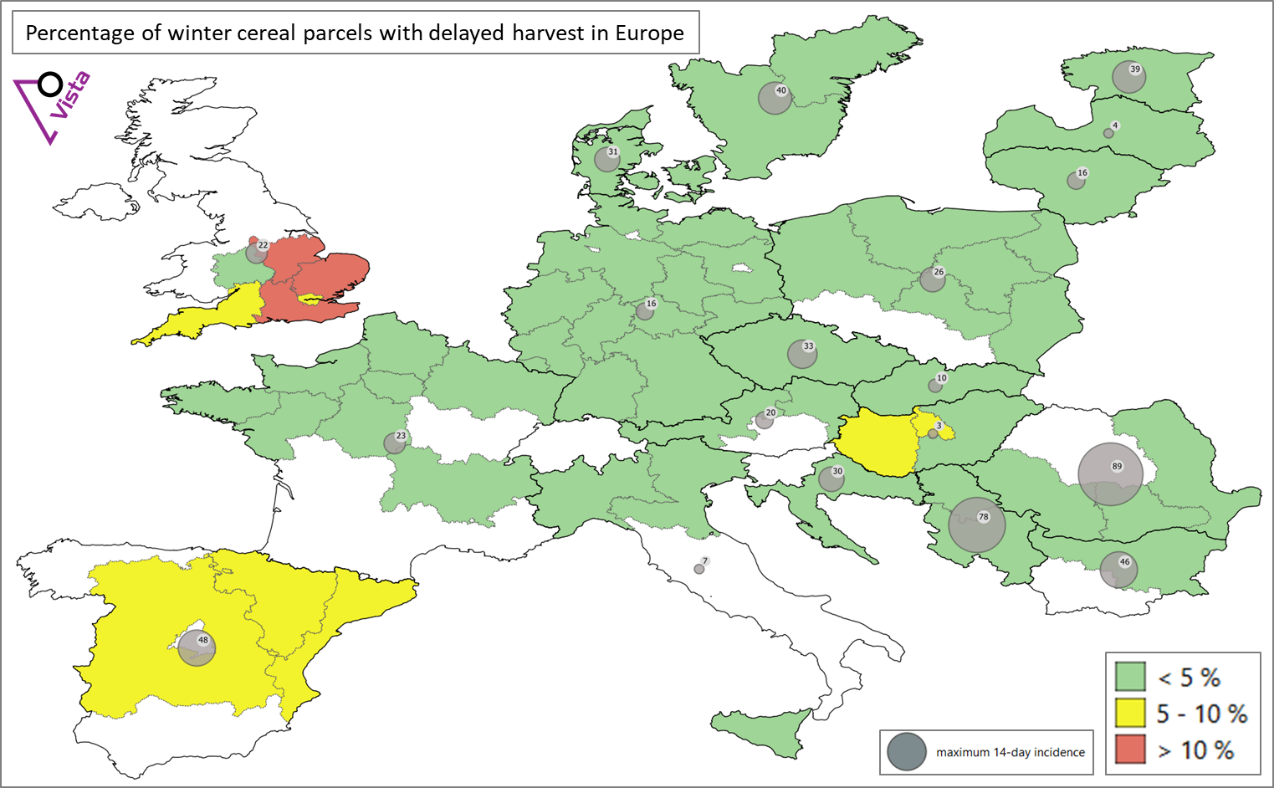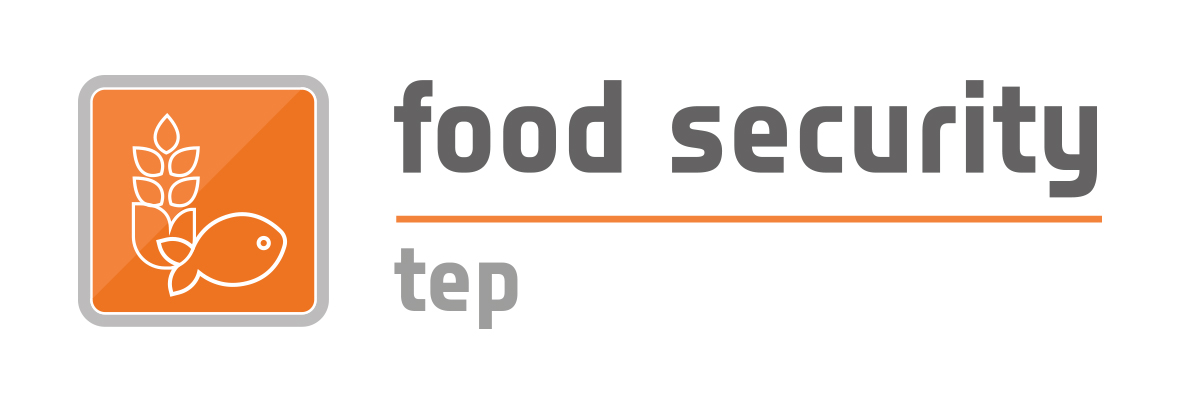Impact of COVID-19 on Harvest of Row Crops
Submitted by nicolas.corti on Tue, 08/17/2021 - 09:49The COVID-19 pandemic's far-reaching national and international impacts are well known and often hard to quantify. In our study, "Impact of COVID-19 on Harvest of Row Crops", funded by the European Space Agency ESA, we quantified when harvest occurred in 2020 and whether there were significant delays due to COVID-19. For this purpose, 200.000 fields of summer crops, winter cereals and winter rapeseed in 19 European countries were sampled and processed by our algorithm.
For this, we used the open and free remote sensing data provided by the European Copernicus program. In particular, we used data of the Sentinel-1 mission which consists of two SAR satellites that record day and night in the radar C-band and are unaffected by weather. In Europe, the two satellites Sentinel-1A and Sentinel-1B scan the land surface every 6 days. Based on its measurements, the variables backscatter and coherence were calculated, which can detect changes of the land surface and thus harvest events. The harvest period can be estimated with an accuracy between one and five days.
To quantify the potential delay of the harvest, the harvest dates derived with radar are compared with our extensive big data analysis framework YPSILON®. YPSILON® is a yield prediction service, which is based on an advanced physically-based crop growth model that takes natural environmental conditions, such as meteorological information, as well as optical Copernicus Sentinel-2 data showing the ripening process of the crops into account. Based on the modelled phenological development of the plant and its maturity stage, an expected harvest date is estimated.
Thus, YPSILON® describes the perfect time of harvest based on the observed phenological phase of the plant and the current weather conditions. Thus, a later harvest date derived according to the radar data means a delay in harvesting. The result for winter cereals is shown in the map as percentage of delayed harvest events at the expected end of season in the several countries. In the countries Spain, Great Britain and in western Hungary delays of harvest of winter cereals are observed. All three countries were comparatively hard hit by COVID-19 across Europe in 2020, but not necessarily at the time of winter cereal harvest. The maximum COVID-19 14-day-incidence in the considered harvest period for each country is also visualized in the map.

If you want to get a more in depth look at the results, the data can be found on ESA’s RACE (Rapid Action on Coronavirus and EO) platform, and VISTA’s yield prediction service portal YPSILON®. You can also log in to FS-TEP (here) to view and even download the data published within the Collection "Covid Harvest" here.


